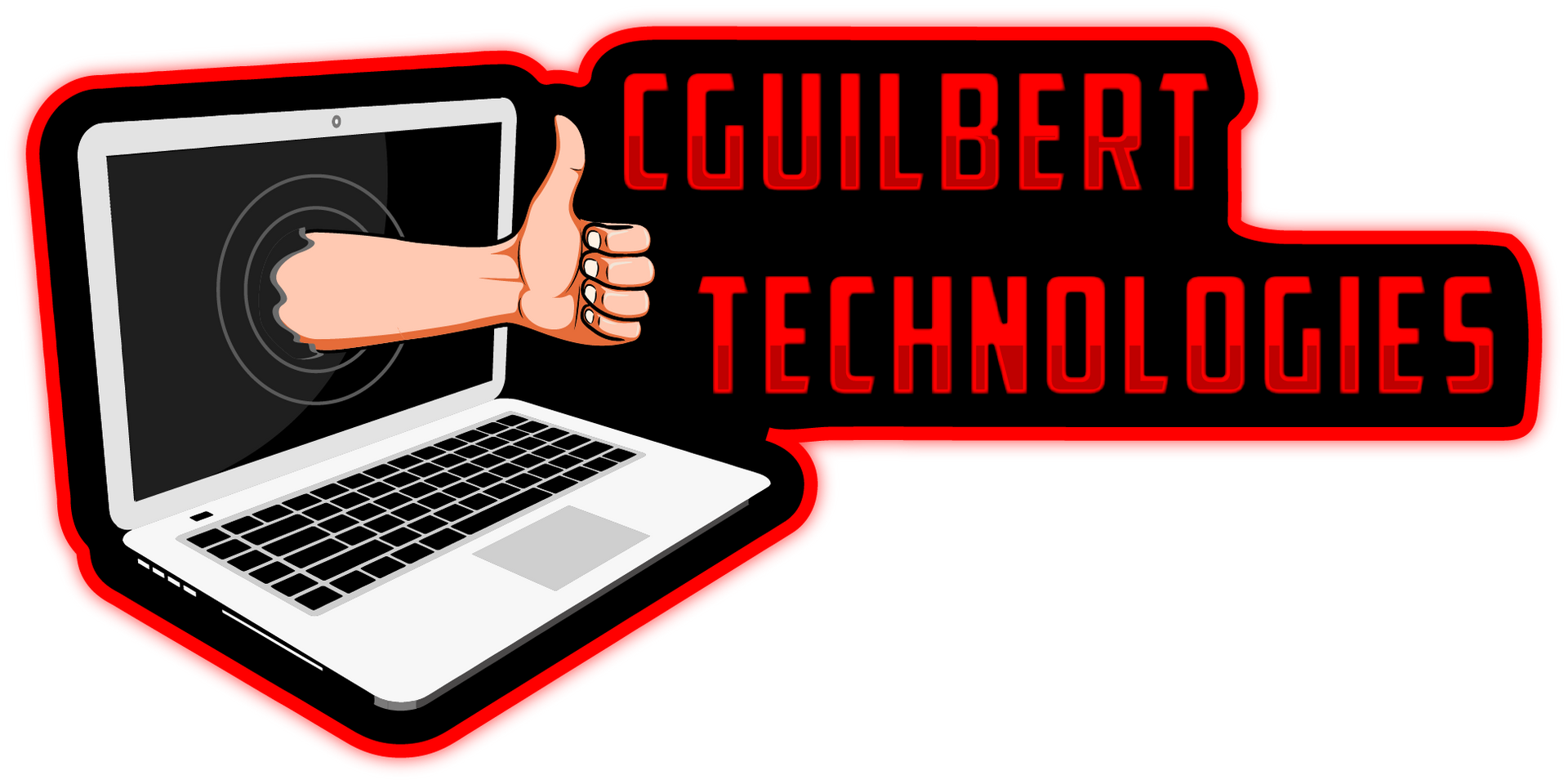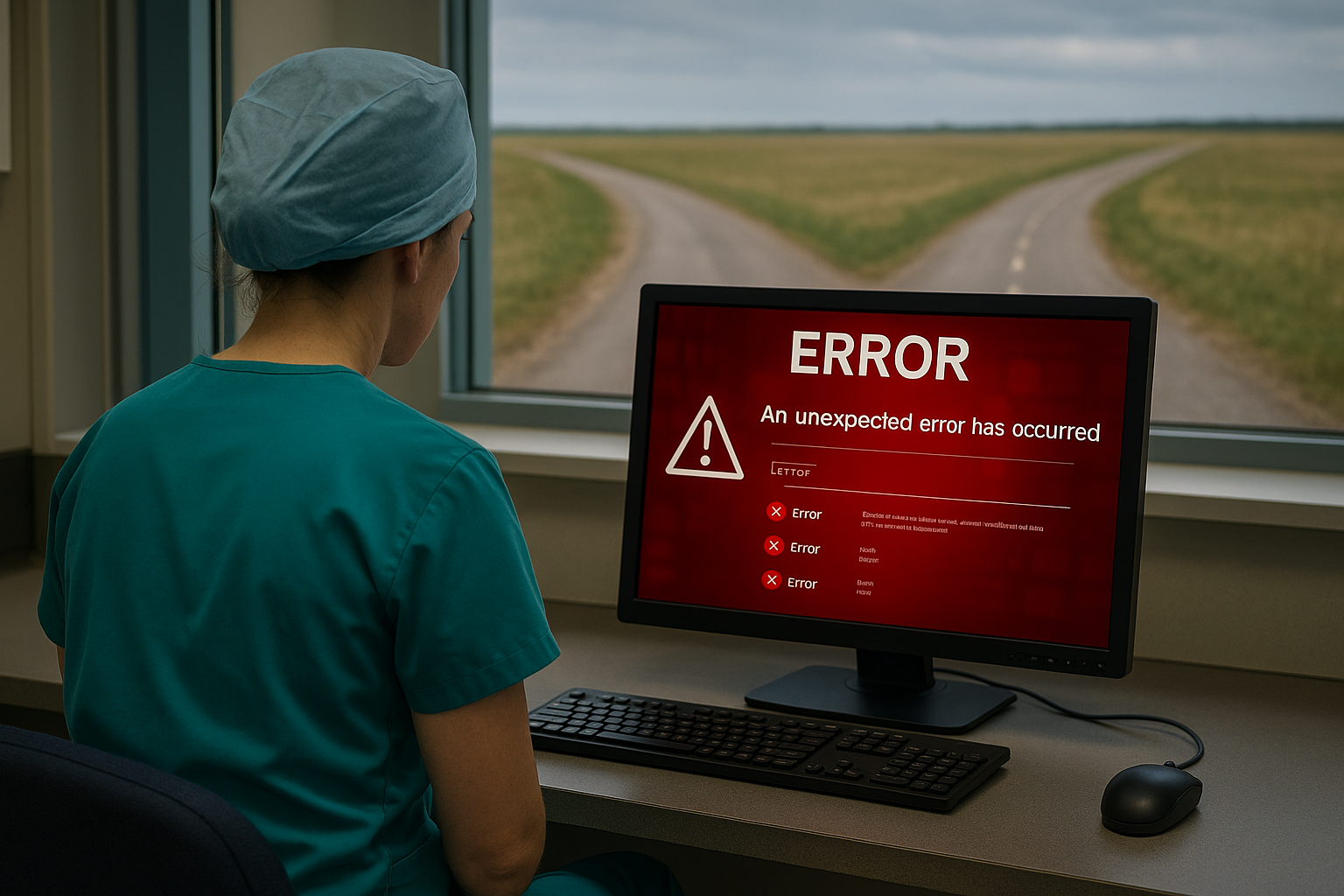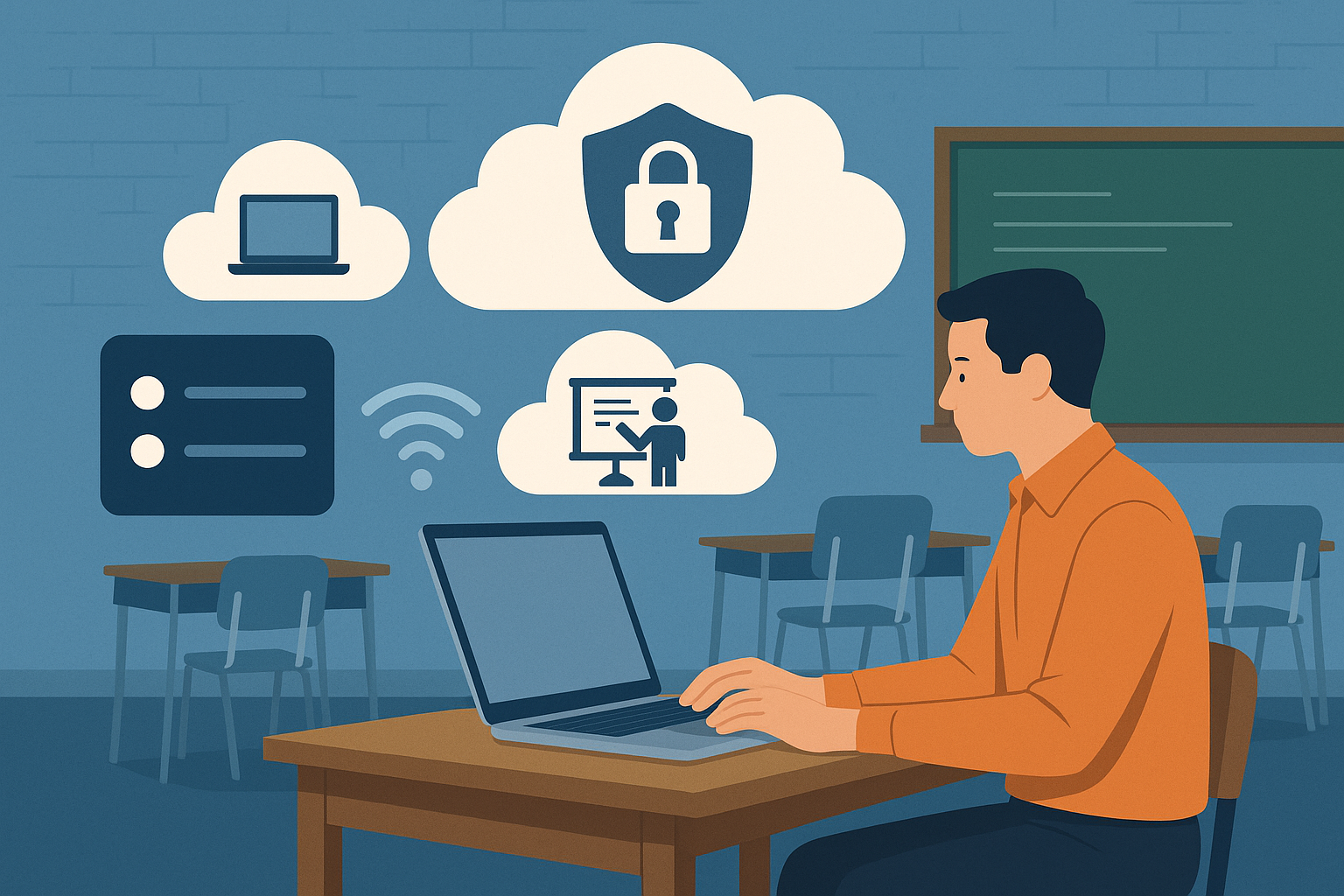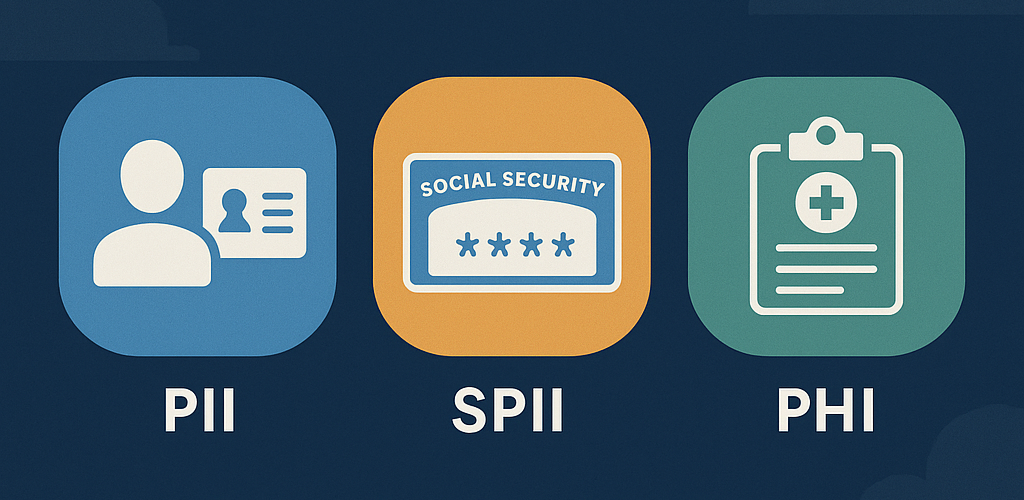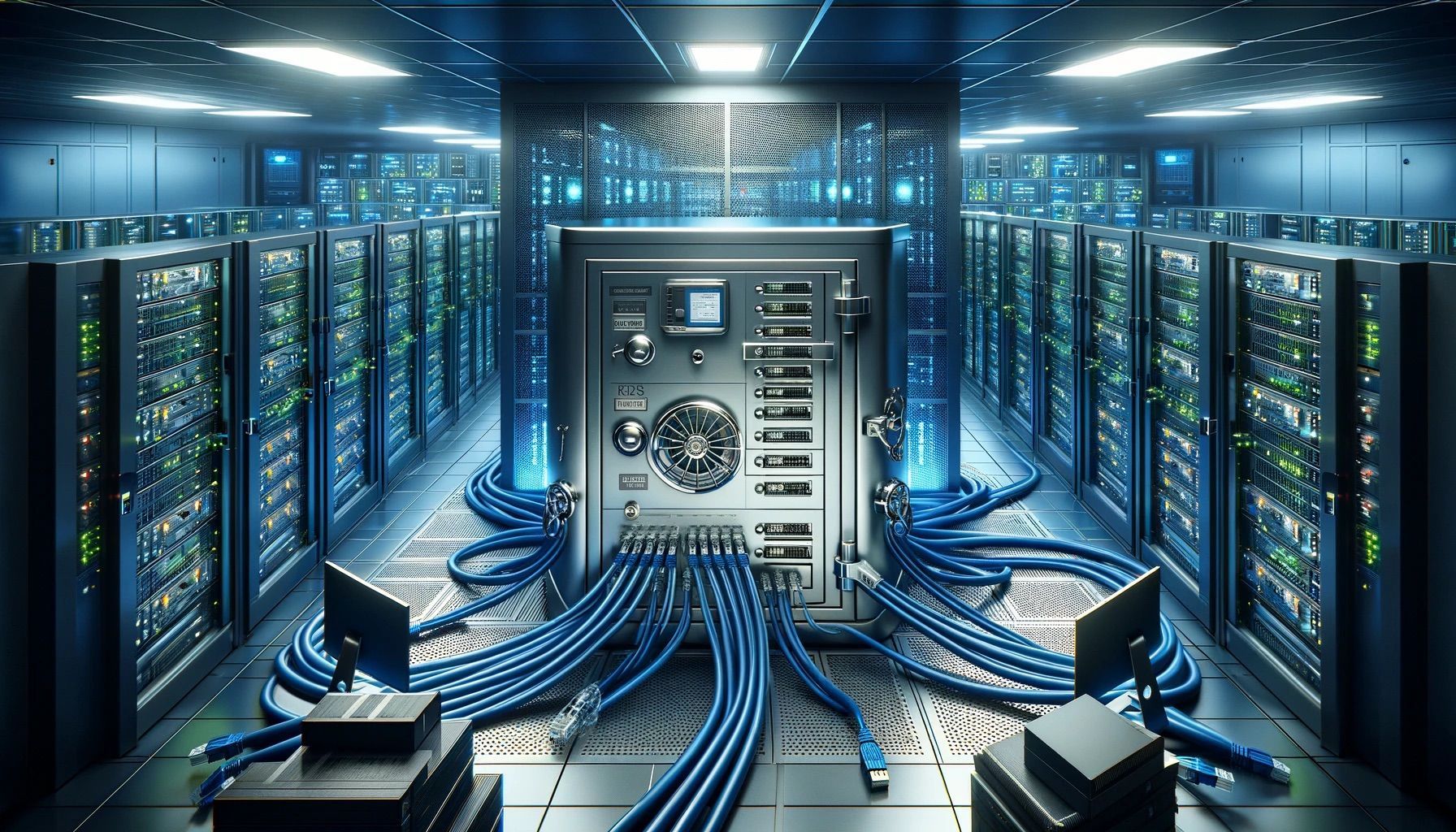Optimizing a Slow-Running Computer
Turbo Boost your PC
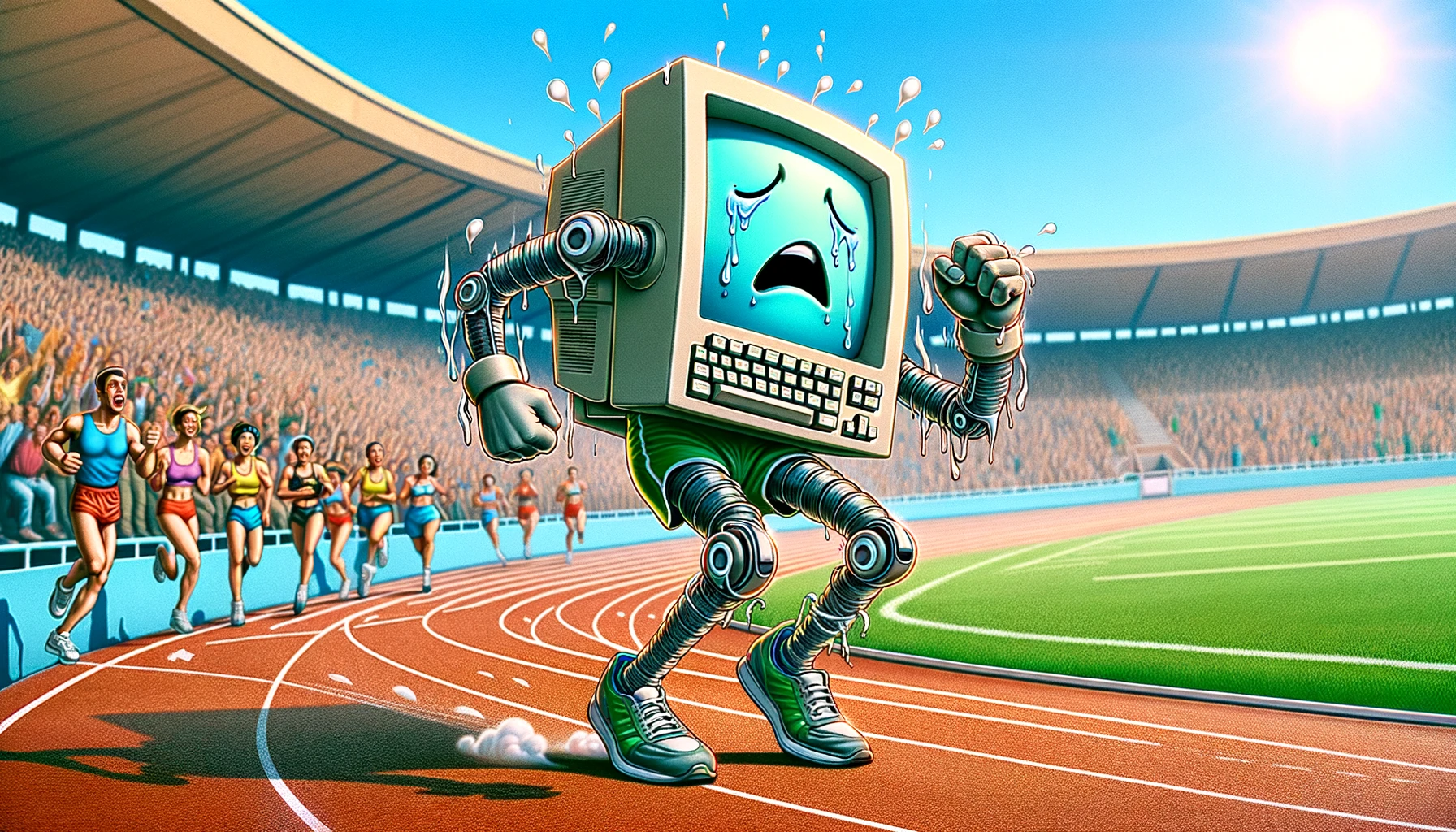
You’ve just brewed your perfect cup of morning coffee, settled into your chair, and you’re ready to tackle the day. But instead of a smooth start, you’re greeted by the spinning wheel of doom with your personal computer (PC) struggling to wake up. Frustrating, isn’t it? Fear not, digital warriors! This week’s Tech Tuesday dives into the art of optimization. Today we embark on a digital journey to rejuvenate that sluggish computer of yours, transforming it from tortoise to hare in just a few steps.
Clean Out the Digital Dust
First things first, let’s declutter. Your computer is like a closet. Over time, it gets filled with things you don’t need. Here’s how to clean house:
- Uninstall Unused Programs: Dive into your Programs and Features and bid farewell to software you haven’t used since the last lunar eclipse. Each program sitting idle is like a book on your shelf collecting dust, only it’s eating up precious digital space.
- Clean Up Your Startup: Some programs love to sneak into your startup list, slowing down your computer’s wake-up time. Open your Task Manager and review your Startup tab. If you see applications that don’t need to greet you every morning, give them the boot.
Tend to Your Hard Drive
Imagine your hard drive is a garden. Just as weeds can overrun your plants, unnecessary files can clog your system. Here’s how to get your digital green thumb on:
- Disk Cleanup: Use this built-in Windows tool to remove temporary files, empty the Recycle Bin, and get rid of other system files you don’t need.
- Defragment Your Drive: If you’re using a traditional hard drive (not an SSD), defragmentation can help by reorganizing the data more efficiently. This is like organizing your bookshelf so your favorite reads are at arm’s reach.
Update and Upgrade
Running on old software is like trying to win a race with a horse and carriage. Ensure your operating system and all software are up to date. Sometimes, a slow system needs a bit of modern magic in the form of software patches and updates.
Check for Viruses and Malware
Viruses and malware are the gremlins of the computer world. Run a thorough scan using your antivirus software. Getting rid of these digital pests can significantly improve your desktop’s performance.
Consider a Hardware Upgrade
Sometimes optimizing software just isn’t enough. If your computer is ancient in technology-years, it might be time for some hardware upgrades. Adding more RAM (memory) or switching to an SSD (solid-state drive) can be the equivalent of giving your computer a sports car engine.
Don’t Let a Slow Computer Hold You Back
Like a well-oiled machine, your computer requires regular maintenance to perform its best. By following these steps, you’re not just speeding up your computer, you’re optimizing your entire digital experience.
While the tips I've shared today will put you on the right track, sometimes you need that extra bit of expertise to truly unlock the potential of your technology. At CGuilbert Technologies, we believe in making technology less complicated for you. Whether you’re looking to boost your desktop's performance, considering an upgrade, or need a comprehensive IT strategy, our team of experts is ready to assist.

Christian Guilbert
Chief Technology Simplifier
#TechTuesday
